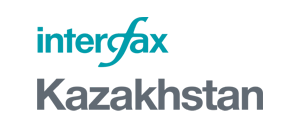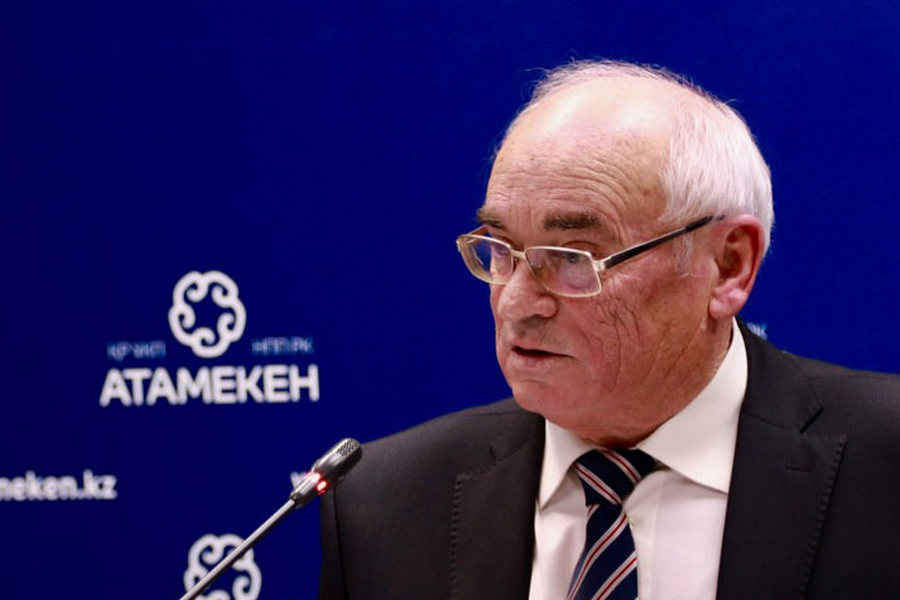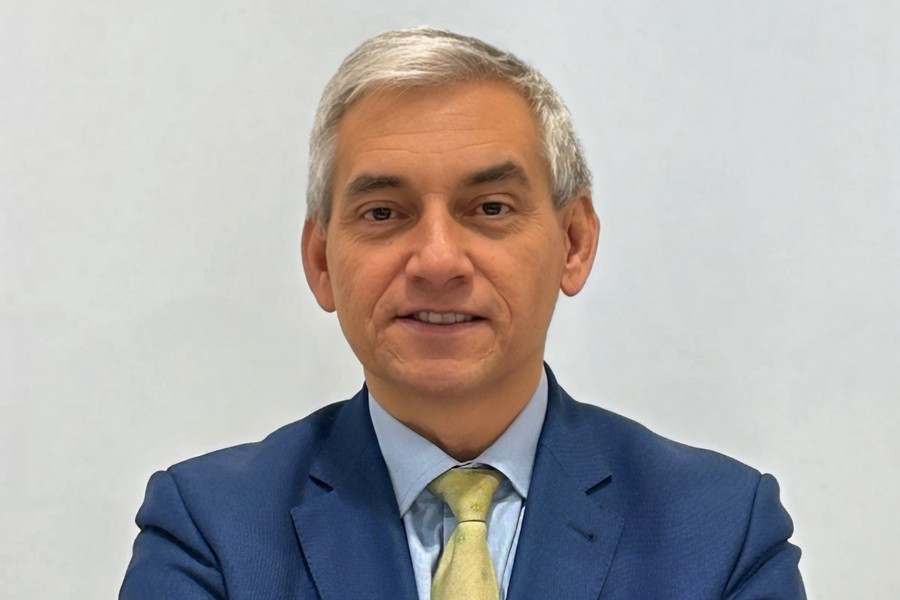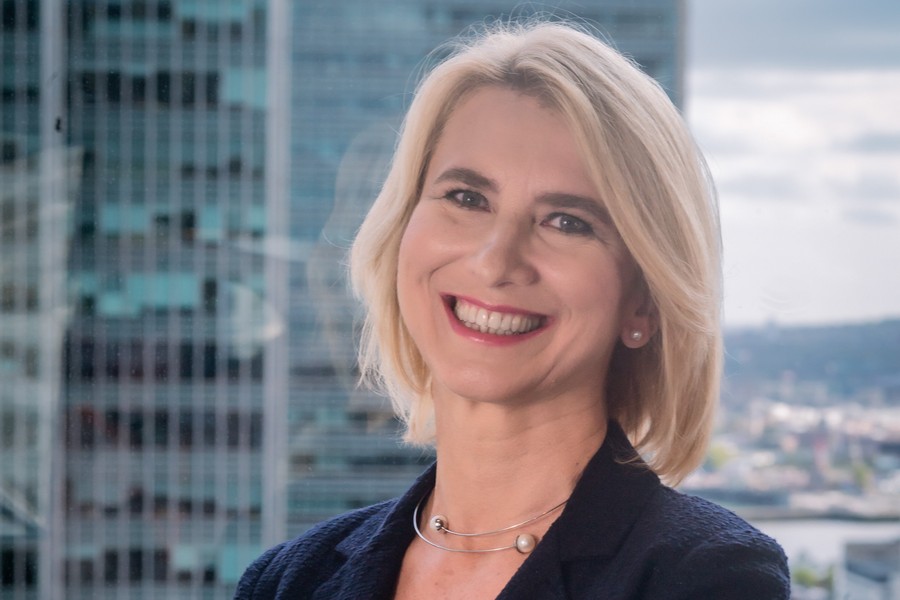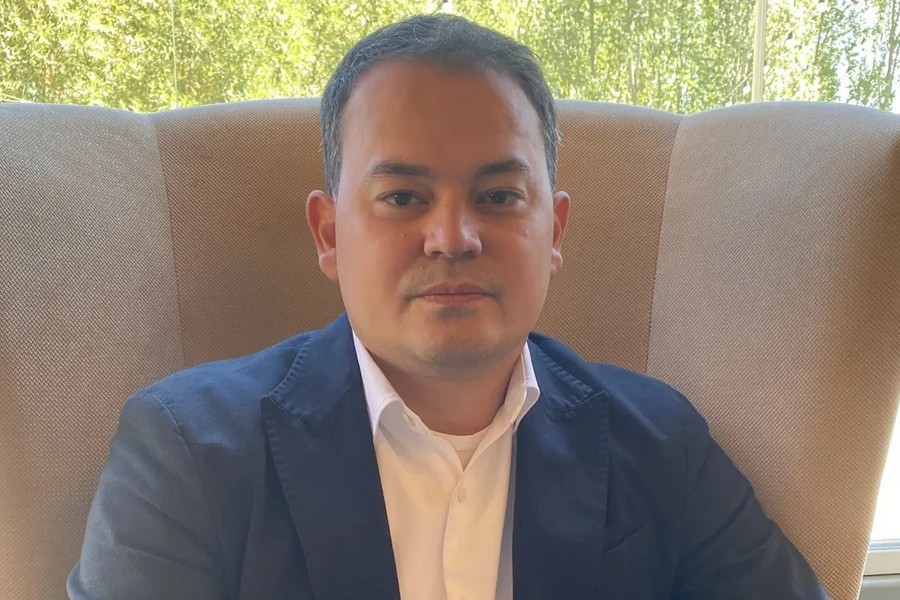CEO of Nostrum Oil & Gas Kai-Uwe KESSEL:
NOSTRUM WILL CONTINUE TO INVEST EVEN IN A PERIOD OF LOW PRICES FOR ENERGY RESOURCES
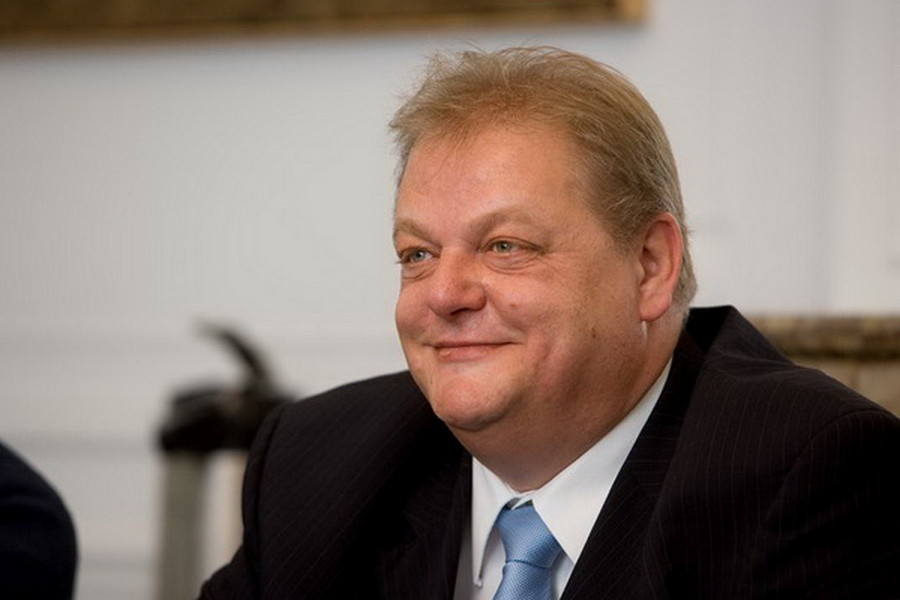
The world’s oil and gas sector is now at a low ebb at the time of unstable prices for oil and gas. The OPEC countries consider the possibility of freezing oil production for six months to stabilize the market. The Eurasian Economic Union (EEU) countries intend to create the common gas, oil, and oil products market by 2025. Mr. Kai-Uwe KESSEL, CEO of Nostrum Oil & Gas, talked in an interview with Interfax-Kazakhstan on the oil and gas company’s activities in Kazakhstan against this backdrop.
- The EEU countries intend to create the common gas, oil and oil products market by 2025. The EEU also wants to launch a specialized exchange for mutual trade in oil and oil products. What do you think; to what extent our market needs these changes?
- We fully support this initiative. The license we have restricts our interaction with Russian companies, and taking into consideration that we have the plants for processing raw gas in Kazakhstan it would be fairly good to have further a possibility for processing Russian raw gas as well. The current tax scheme makes such cooperation rather complex thereby hampering the development of cross-border trade. That’s why we support the initiatives aimed at further commercial market integration.
- In your opinion, what are the ‘problem’ issues in general in the oil , gas and subsoil use market in Kazakhstan and what solutions do you see?
- I believe that further investment in the oil and gas sector, especially in a period of falling oil and gas prices, is vital. Currently our company is investing $500 million in the construction of a new gas treatment facility to be completed in 2017. The commissioning of the facility would help create additional jobs for local contractors, and underpin a boost in production and an increase in taxes paid to the national budget.
As you know, recently a $37 billion investment in the expansion of the Tengiz oilfield was approved. In addition, very shortly the Kashagan oilfield is to be re-launched, in which $50 billion was invested. I am sure that all the necessary conditions have been created for doing business in Kazakhstan and thanks to that the companies like Nostrum continue to invest in the nation's economy even in a period of falling prices for energy resources. The legislation is also becoming more and still more favorable thereby attracting even more investments.
- What investment projects does the company intend to implement in the coming years?
- Our main goal for 2017 is to complete the construction of the gas treatment facility [UPG-3] on schedule without exceeding a $500 million budget. With the facility put into service we would successfully double the production capacity to more than 100,000 barrels of oil equivalent per day what would be a significant step in the development of the company. Our drilling program would also allow us to ramp up production providing raw gas for UPG-3 over time and reaching a production target of 100,000 barrels of oil equivalent per day. In addition, we are working on the construction of a crude oil pipeline to be linked to the KazTransOil company’s pipeline and this would allow us to optimize transportation costs.
In December 2015, we limited production of liquid petroleum products up to 15,000 barrels per day at the price of $ 49.16 with a view to securing further construction of the UPG-3new gas treatment. We aim for stable production of 40,000 barrels of oil equivalent per day in 2016 whereas the ratio between liquid oil products and gas oil would be about 50:50. In 2017 we intend to increase this figure fixing it within a band of between 40,000 and 60,000 barrels of oil equivalent per day and reach 100,000 barrels per day by 2020.
- How much will be the company's planned capital expenditure in 2016-2017 and for what projects will it be allocated? What are the mineral exploration costs?
- The company's spending on the UPG-3 completion in 2016-2017 will amount to $181 million. We also intend to complete our 2016 drilling program and agree on a program for 2017 that would result in further investment in the oil field. The mineral exploration cost varies depending on oil prices since taxation has a direct effect on the company profitability and pre-tax profit.
- Nostrum Oil & Gas Plc incurred a net loss of $95 million in 2015 against a net profit of $146 million in 2014. There were also losses in the 1st half of 2016. What measures are currently being taken by the company to maintain liquidity?
- The continued fall in oil prices affected our company’s financial performance in 2015 and in the first half of 2016 as compared to 2014. However, thanks to the program of cost reduction and optimization of our products supply areas we managed to achieve stable EBITDA at 50% in 2015.
The areas, in which the products are sold, have an effect on their net value, so Nostrum is constantly monitoring prices offered by buyers in all the sales areas in order to eventually choose the areas that would let us provide for the best net product value. Our restrictive strategy safeguards the company from future oil price fluctuations. The restrictions introduced by us helped save about $25 million in the first half of this of this year.
In addition, we practice a quite cautious approach to our cash maintaining our balance surplus of $110 million in cash and cash equivalents. I consider that the company's position is such that we will not only successfully overcome the current period of falling prices but also greatly succeed in commissioning the gas treatment facility. Needless to say, the losses recorded by us were also the consequences of the tenge devaluation, which had a direct effect on the decrease in the value of our assets. However, from the point of view on operating activities, the company coped with the fall in oil prices fairly successfully.
Nostrum’s revenue amounted to $163.5 million in the first half of 2016 thereby allowing us to achieve 62% EBITDA and generate stable cash flows. Production volumes for 2016 remain at the level of 40,000 barrels of oil equivalent per day, and we intend to reduce transportation costs by getting the crude oil pipeline connected to the KazTransOil’s pipeline.
- Do you plan to pay out dividends to shareholders for 2016?
- In 2016 we made a tough decision not to pay out dividends. Partly this was because of the fall in oil prices in 2015, and also due to the obligations on our bonds, which do not allow us to pay out dividends at total net income negative rates.
We hope to resume the dividend payments after the oil price recovery, however, in the current circumstances maintaining short-term liquidity will allow us to secure more stable returns to our shareholders in the long term. In the end, this decision is taken in the interests of the Management Board and the shareholders, and we intend to generate cash flows sufficiently so that all options can be taken for consideration.
- Does your company intend to place Eurobonds in the coming years?
- We have sufficient finances to complete the UPG-3 construction using the existing funding, restrictive measures taken by us, and the company's operating activities. In addition, we have $110 million in cash and cash equivalents on our balance sheet. We are fully satisfied with our current financial standing and very cautious about everything concerning the liquidity safekeeping, so we are constantly reviewing the available financial possibilities. We have already issued Eurobonds in the past and take into consideration all possible options for their refinancing prior to the official redemption deadline, including refinancing through a new Eurobond issue.
- The company obtained the subsoil use rights for the Rostoshinskoe, Daryinskoye and South Gremyachinskoye oil and gas fields in West Kazakhstan region in 2012. The start of production at these assets was not intended before 2016. Please tell us about the situation in these fields?
-We have reached the first appraisal well target in the Rostoshinskoe field and we hope to report on the appraisal results in the near future. We don’t intend to start production at these fields before we carry out their full evaluation and agree on their development program.
- What are the (1P) proven reserves of the company’s Chinarevskoye field?
- According to the company Ryder Scott’s report dated December 2015, the Chinarevskoye field proven and possible reserves amount to 383 million barrels of oil equivalent. The share of the proved reserves is 147 million barrels; the share of the possible reserves is 236 million barrels. Given the current volatile oil prices no one can be sure that the assessment will remain unchanged since, ultimately, keeping the reserves at some certain level means that this volume may be further produced and used for commercial purposes. Thus, if we witness a sharp drop in oil prices, the forecast may change for the worse while the price rise could lead to even more reserves.
- The subsoil use rights auction will be held in Kazakhstan this autumn. Is the company planning new acquisitions?
- Nostrum’s long-term strategy is aimed at becoming one of the leading companies in the post-Soviet space. We have been implementing this vision using the clear-cut strategy based on the balance between the company’s cohesive development and thoroughly selected opportunities for further expansion through takeovers. We are constantly monitoring opportunities for mergers and takeovers within the Chinarevskoye field area, as well as in Kazakhstan’s other areas, which are strategically important for us.
- Thank you for the interview.
October, 2016
© 2025 Interfax-Kazakhstan news agency
Copying and use of these materials without reference to the source is prohibited
Archive
